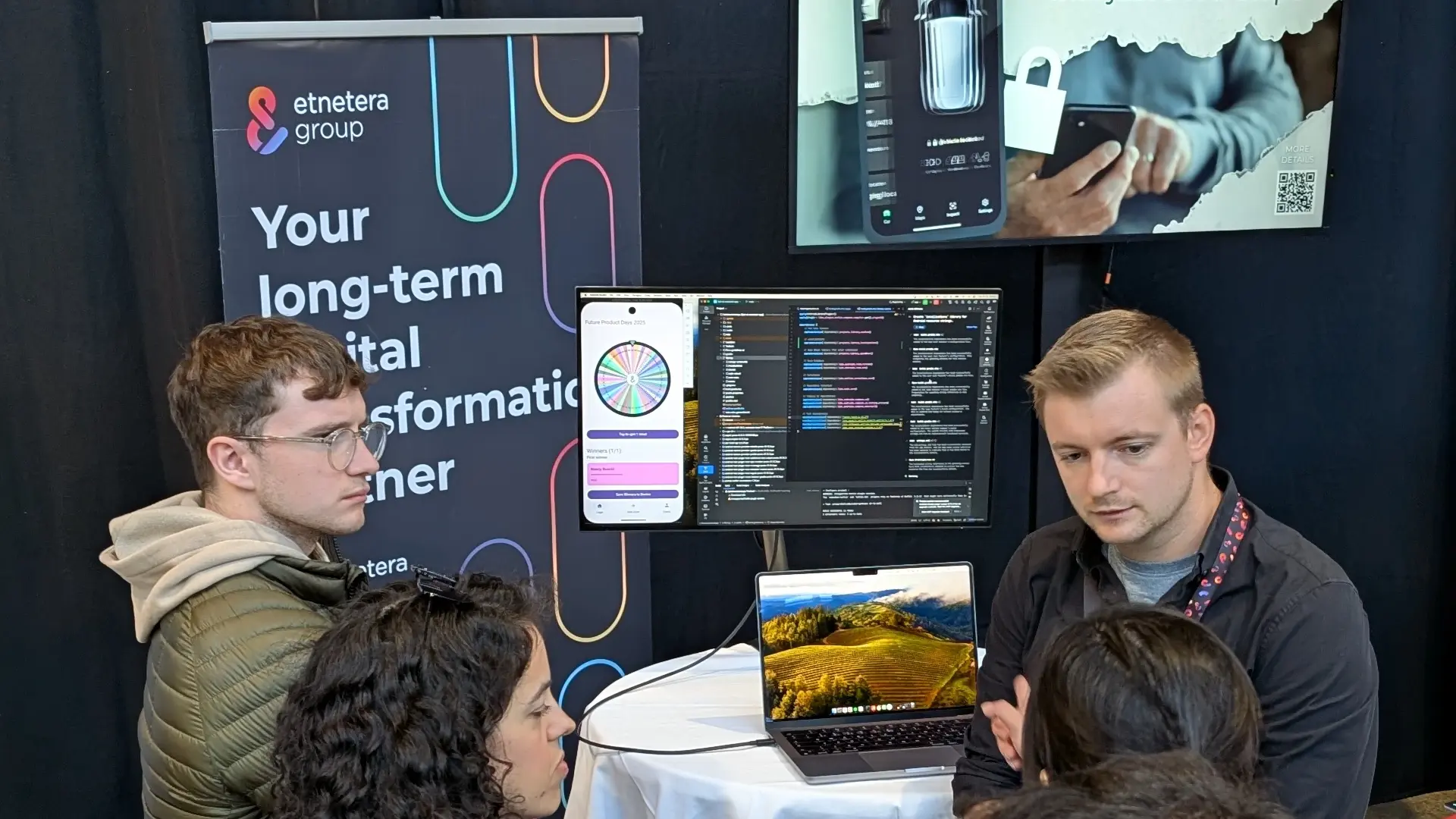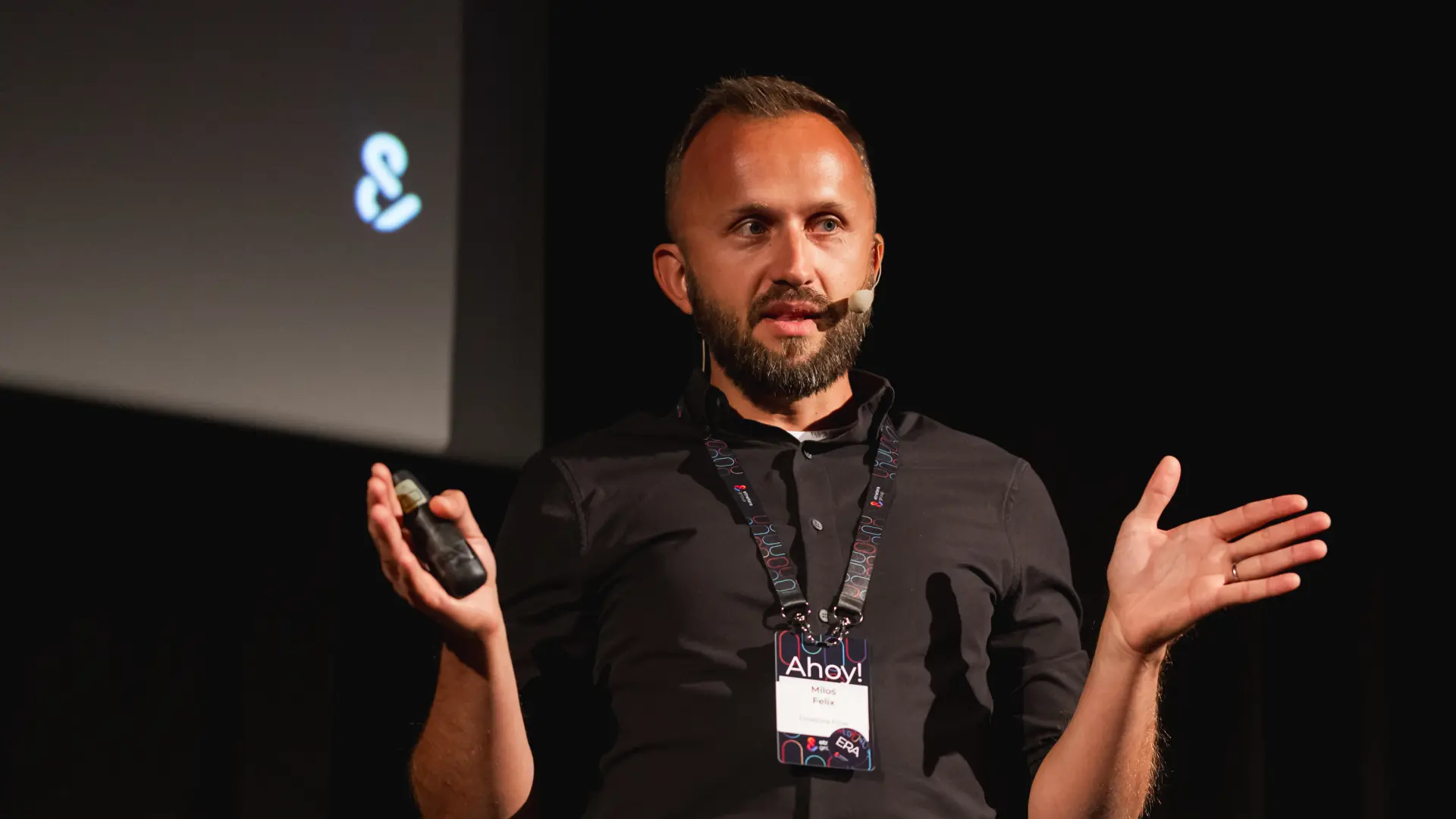In our team, we make it a priority to schedule a comprehensive retrospective event every six months, where we dedicate at least 3 hours of uninterrupted time to delve into the long-term strategic topics that are critical to our success. This event provides us with an opportunity to discuss any burning issues that we have encountered and to celebrate our accomplishments.
To facilitate this process, we leverage the EasyRetro tool, which enables us to collaborate effectively in an online environment. You might be curious about the key areas that we typically focus on during our retrospectives.
Structured into two areas and three categories
During our retrospectives, we prioritise a comprehensive review of both our team's challenges and successes. It is crucial for us to not only identify areas that require improvement but also recognise our accomplishments and take pride in our successes. In addition, we create a space for individual recognition, where team members have the chance to express gratitude and acknowledge the efforts of their peers for their contributions to the team's achievements. This approach fosters a positive team culture and helps us maintain a growth mindset to continue to evolve and improve.
In summary, our retrospective event focuses on two areas:
- What have we done well?
- What could we do better?
To streamline our usage of EasyRetro cards, we have established a system of categorisation that divides them into three distinct groups:
- Team: How we live together as a team and how we get along.
- Workflow: How we work, how our processes and technologies work.
- Projects: What we are working on, which projects have succeeded or failed.
Repetition is important
Before the retrospective event begins, we repeat the rules and the actual course of the event. At the same time, everyone needs to be "nudged" to find enough time to prepare. The Slack tool we use (and its unlimited set of emoticons) is great for this.
The way we always did our retrospective - and why it needed a change
For the retrospective event itself, the following procedure worked well:
- First, we reveal all the cards in the team. Everyone is free to ask any questions to better understand what the author of the card is trying to say. If the topics are repeated, we put the cards together and use the Dot Vote method to prioritise them.
- We go through the topics by priority and agree what action steps we will take to address them and who will take on this task.
- To conclude the retrospective, we ensure that all agreements and decisions reached during the meeting are captured and documented for future reference. This documentation enables us to track our progress and maintain continuity from one retrospective to the next, ensuring that we build on our previous efforts and continue to evolve as a team.
However, we found that doing a three-hour retrospective event in a group of twenty people was not effective. The extended duration of the meeting made it challenging to sustain our focus and engagement throughout the session. We also wanted to think about the issues from a different angle and get a new perspective.
Change is coming!
The key for us was to define the goal of our retrospective event, which was to "Review the past performance of the Mobile team and look to the future" or
- how we have worked so far, what it has brought us, what we have learned, what the pitfalls have been
- what we can/want to praise ourselves for / what we don't want to repeat
- what current mistakes we need to watch out for so that we don't repeat them in the future
We also added the basic principles on which we wanted to build the retrospective event
- innovation - we want to try to think about things from a different point of view than we have been used to
- interactivity - the retrospective should entertain us to keep our attention well throughout the whole event
- "everyone in the game" - we want to involve everyone in the discussion so that no one "sits in the corner" and everyone gets enough space to express their opinion
- maximum concreteness - we want to openly call things by their real names
Thematic framework: Superheroes
This time, to make the retrospective fun, we gave it a thematic frame: Superheroes. Because we want to bring new innovative ideas to the company and at the same time we know that every true superhero must be humble and know not only his superpowers, but also his weaknesses.
And we wanted to focus on five basic things that characterise every superhero in our retrospective event.
Our values 💖
- What values are important to us
- What we stand for
- What we expect from others in the team
Superpowers 💪
- Where we are strong as a team
- What we do well as a team
- What specific skills, qualities or knowledge do we have in the team and how can we use them
Weaknesses 🤕
- Where we could be vulnerable as a team
- What we perceive as our weaknesses and how other team members can help me with them
- What is not yet quite working in our team in terms of processes, technology, etc.
Evil enemies ❗
- What are the biggest threats or risks that could negatively affect the functioning of our team
Sidekicks and gadgets ⚒️
- What/who we need to do our job to the best of our ability
- Who we couldn't do without, why and what specific thing we would like to thank them for
To live up to the principle of "everyone in the game" we divided into teams of 5 to 6 people, where we went through the individual characteristics in detail and then shared the results with each other. The teams were, of course, named after superheroes.
Conclusion
We have set aside 4 hours for the retrospective event, divided into four 60-minute blocks. The discussion in teams always lasted 25 minutes, another 25 minutes were reserved for sharing the outputs together and finally there was a 10-minute break. This went on the whole time. We were able to engage not only team members who were physically on site, but also those who were connecting remotely.
In the end, the change of procedure proved to be successful, but we still have not only pluses, but also minuses, which we have to fine-tune gradually.
Pros
For feedback, we sent a questionnaire to the participants, which confirmed that splitting into groups and timeboxing each section was a very good choice for a large group of people. We managed to fully involve all participants.
Cons
The amount of time available for the retrospective event which is held once every six months is still insufficient and next time we should reserve a longer time slot. Instead of identifying key topics on which action steps will be defined after the retrospective event, we should devote more effort to defining them during the event itself.







.webp)

.webp)




.jpg)
.jpg)
.png)
.avif)

.avif)



























